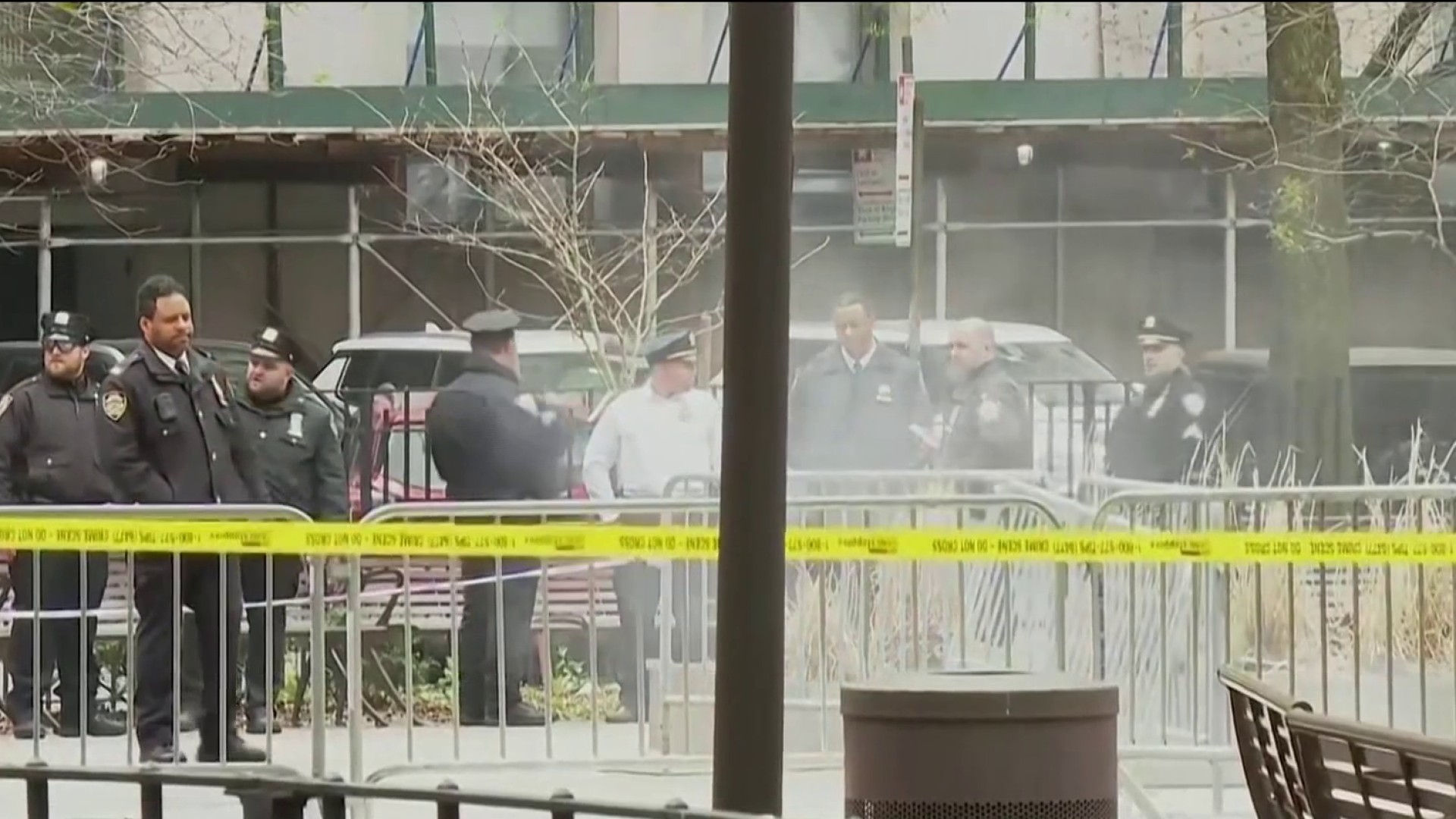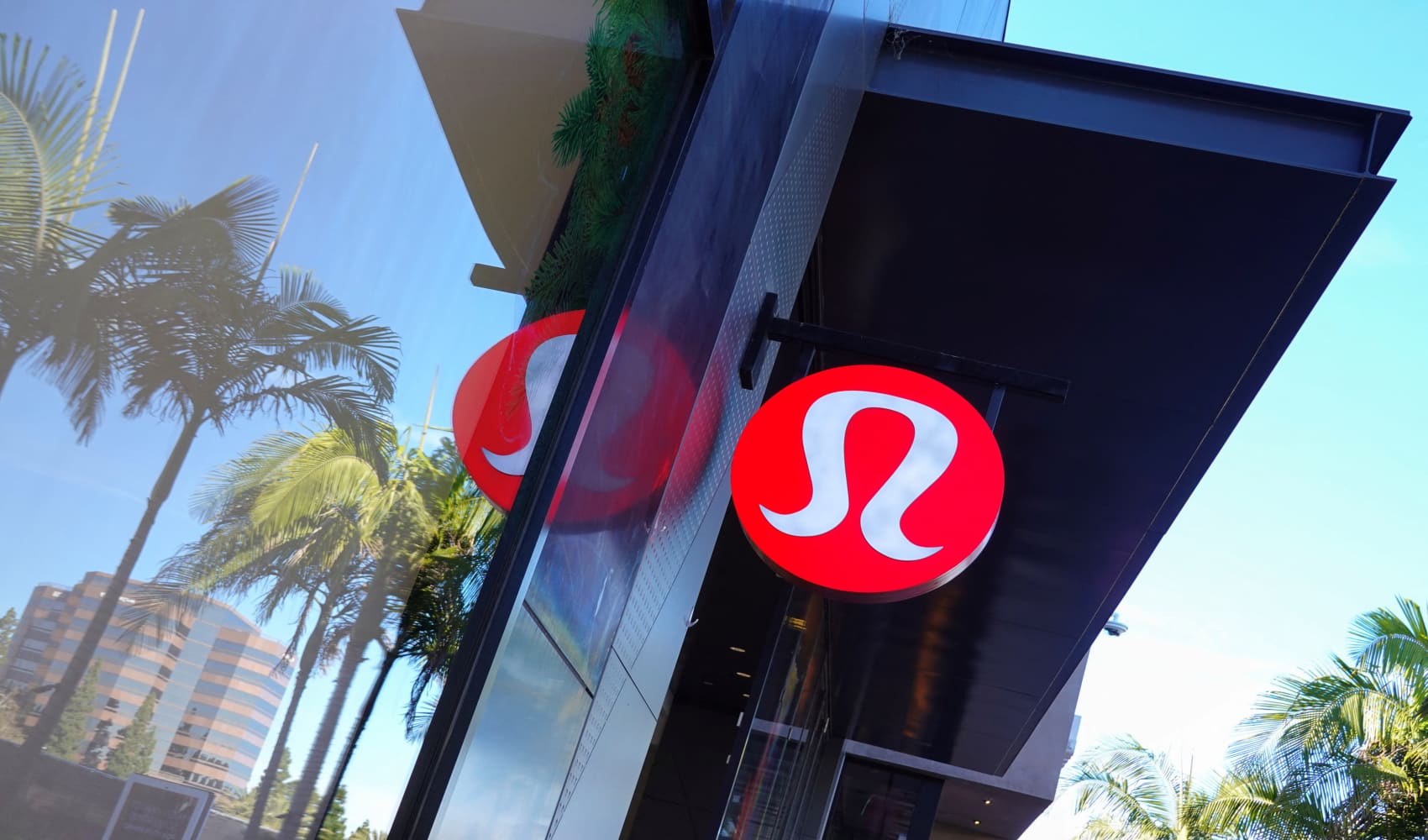Train delays like the ones caused recently by electrical problems in a century-old Hudson River tunnel could become much more common if a new tunnel isn't built, an Amtrak executive told New Jersey lawmakers Monday.
Even if that anticipated $14 billion project, called Gateway, were started now, it wouldn't be complete until 2025 at the earliest, said Stephen Gardner, Amtrak's vice president of Northeast Corridor infrastructure investment.
In the interim, there is no viable contingency plan in place if one of the two tubes in the tunnel has to be taken out of service for an extended period, which would reduce train traffic during rush hour from 24 trains to six, Gardner told the Senate Legislative Oversight Committee.
Amtrak's goal is to "keep the tunnel in working order to support the traffic we have today," Gardner said, adding that "those delays could become the norm at some point."
Two of four high-voltage electrical cables that date back to the 1930s failed, causing backups on four of five days during the week of July 20. Amtrak is analyzing the cables to determine whether saltwater damage from Superstorm Sandy in 2012 contributed to the failures.
Monday's hearing came as the major stakeholders in a tunnel project — the governors of New Jersey and New York, the Port Authority of New York and New Jersey and the federal Department of Transportation — grapple with how to pay for it.
Speaking to reporters in Albany, New York Gov. Andrew Cuomo said the large price tag for a new tunnel means a sizeable federal investment — not a loan — is required. New York is already taking on two other big-ticket projects, a new LaGuardia Airport and a replacement for the Tappan Zee Bridge, both of which are projected to cost about $4 billion.
U.S. & World
Stories that affect your life across the U.S. and around the world.
He stressed that Amtrak has a responsibility to contribute to a new tunnel.
"It's not my tunnel. Why don't you pay for it?" he told reporters. "It is an Amtrak tunnel that is used by Amtrak and by New Jersey Transit."
Gardner told lawmakers that it would cost Amtrak $1 billion per year just to keep its Northeast Corridor infrastructure in a state of good repair, and it would cost an additional $4 billion per year to complete its backlog of projects on the 457-mile corridor, a span that includes numerous century-old bridges and a 142-year-old tunnel in Baltimore.
Amtrak gets about $1.4 billion annually in federal funding, he said, of which about $300 million is used for Northeast Corridor needs.
Gardner said Amtrak is seeking to have the government pay for 80 percent of the Gateway project, similar to what it does with aviation and interstate highway projects. The states' share could be financed through a low-interest federal loan program that has about $30 billion available for rail infrastructure projects, he said.
Environmental and design studies for the Hudson tunnels, if they began this fall, would take roughly four years to complete, Gardner said.
Democratic state Sen. Robert Gordon, the committee chairman, said the tunnel project is of sufficient regional and national significance that the government should make a commitment "on the order of the interstate highway system, the Manhattan Project, the Panama Canal."
In the wake of the July delays, U.S. Transportation Secretary Anthony Foxx sent a letter to Cuomo and New Jersey Gov. Chris Christie urging them to meet with him within two weeks to put together a strategy for building new crossings under the river.
Cuomo then sent a letter and Christie issued a statement urging the federal government to come up with more money for the current project. The Port Authority, the bistate agency that manages tunnels, bridges, airports and transit in New York City and northern New Jersey, also sent a letter to Foxx urging a bigger financial commitment.
Several years ago, the government pledged $3 billion for a tunnel project initially estimated to cost $9 billion, with the rest of the cost borne by New Jersey and the Port Authority. Christie pulled the plug on that project in 2010, citing concerns that his state would be forced to pay for billions in cost overruns.
___
Associated Press writer David Klepper in Albany, New York, contributed to this report.



